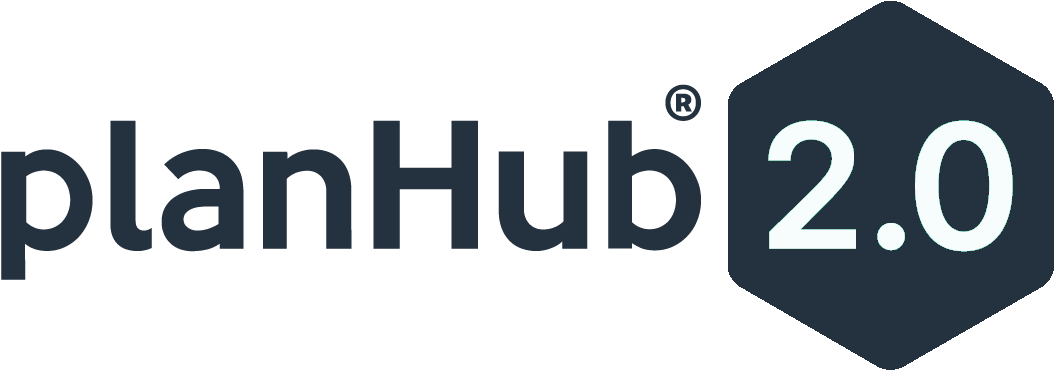- PlanHub
Construction bids come in many forms. Some are handwritten on preprinted forms, others produced by estimating software, and some are sent in the body of an email or even a text.While there is no standard form that a bid must abide by, some elements should be on every bid a company sends out. Having these elements will ensure that your bid gets to the right person for the right job and that you aren’t expected to perform work you didn’t intend to do.
These fundamental elements should be included in any construction bid, whether from a subcontractor to a general contractor or a general contractor to the project owner:
Date – Make sure the date is prominently displayed on the bid. You may have to revise the bid due to changes in the scope or material costs, and you want to make sure the general contractor or owner is working off the latest version. Referencing the bid’s date in all correspondence and contracts ensures that everyone is looking at the correct version.
Your company information – This may seem obvious, but you want to make sure that the bid is easily identifiable as coming from your company. Include your company name, phone number, email address, the name of the person bidding on the project, and your contractor’s license number if applicable. You want to make identifying your bid and contacting you for questions as easy as possible.
Project name – If a GC is bidding on several projects simultaneously, it can get confusing. Make sure your proposal is clearly marked with the correct project name. Use the same name as shown in the invitation to bid as it will match the GC’s paperwork.
Scope of work – Describe the scope of work you will be providing on the project. Some contractors offer a lot of detail in their proposals, while others provide almost none. It’s best to be some wherein the middle. Ensure it is clear what type of work you’ll be providing and the specification sections (if applicable). You’ll want to detail all of the work that’s included with your bid (inclusions), as well as the work that’s not in your bid (exclusions). Also include any assumptions you’ve made in determining your price, especially if parts of the drawings or specifications weren’t clear.
Basis of bid – Include a list with the dates and titles of the documents you used to determine your scope of work.These documents will include drawings, specifications, reports, sketches, photos, and addendums. These need to be noted so that the GC or owner knows you’ve reviewed the most recent documents and that your pricing includes any changes pointed out in those documents.
Amount of bid – Be sure to indicate the amount of your bid unquestionably. If you have several line items with costs, include a total at the bottom. Express the bid amount in words and numbers, so there is no confusion. If there are bid alternates or unit costs included, make sure they are explicitly marked and priced and separated from the base bid.
Terms of bid – Depending on who you’re bidding to and the size of the project, your customer may sign and return your proposal signifying their approval, or they may issue a contract on their own form. It’s a good practice to include any terms you require on your proposal and then ask that the proposal be included as an attachment to the contract.Terms you’ll want to add are how long the pricing is good for, terms of acceptance, payment terms, and any other standard provisions your company has.
Your best bet for ensuring that all this information is included on every bid is to develop a template that you use for every project. You can start with a simple form and add the components above to ensure that the bid is complete.
Always review bids before they are sent out. Look for math errors, spelling and grammar issues, and any missing documents or attachments. Turning in a complete, correct bid will speedup the review and award process for your customer, making you their favorite contractor to get bids.





